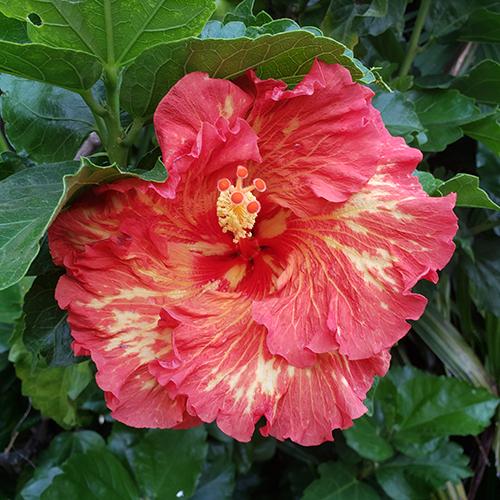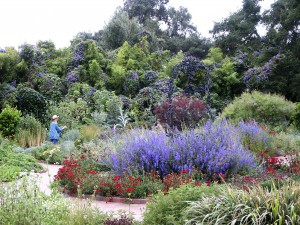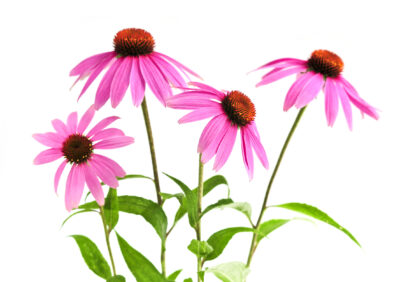
Benefits of Hibiscus
Hibiscus helped save our puppy We found a pedigree Golden retriever for sale for $50 in the local paper. At the time, they were selling

Herbs are also used for their cosmetic and culinary properties.
Before 1750 most people lived on farms in small villages. The land provided food and material needs. If someone had a pain they brewed a tea of wintergreen, willow or birch, whichever grew nearby. More serious concerns were brought to the attention of the local medicine person, or simpler.
By the early 1800′s improvements in glass-making gave the microscope a clear image for the first time. By focusing on wintergreen it was now possible to identify and isolate the acid responsible for its pain relieving properties. An isolate of salicylic acid was extracted from the plant. This isolate, aspirin, could insure standardized dosage not possible with whole plant extracts which the folkloric teas represented. And all the mess and fuss of dealing with large amounts of plant material was eliminated.
By 1880 there were only a few crude botanicals in use. This departure from balanced whole plant medicines presented a new problem. Within the matrix of a plant’s balanced biochemistry, plant medicines are naturally buffered. Isolates, however, produced all sorts of disorder symptoms, natural warnings that the body’s balance had been adversely altered.
Since our tradition was broken for over a hundred years, we are confronted with an information gap. The old simplers have died. With them has passed much of our herbal heritage. And the commercial marketplace offers little help. With generic labeling of teas and encapsulated powders, it’s difficult to determine therapeutic dosage levels for a given herb or remedy.
A box of tea bags will instruct us to place one tea bag in a cup of hot water. What the directions don’t tell is that we’ve made a beverage and not a medicinal tea. Many herbs, in fact, may be taken in quantities of an ounce or more (a large handful) a day. Therefore, to realize the full therapeutic effect from our camomile tea, we need to use 7 tea bags, not just one.
It’s the same for powders. Whether it’s a mild nutritive tonic like alfalfa or a more powerful stimulant purgative herb like cascara sagrada, the label directs us to take two capsules a few times a day.
And when we do decide to try herbs, our new herb buyers are offered herbs that are sometimes inferior in quality. Many commercial herbs are grown en mass in third word countries. And although it’s illegal to use chemicals like DDT in America, it’s permitted to export them to countries that grow our food and herbs.
Fortunately there are sources for organically grown and wild harvested herbs that offer full therapeutic power without residues of toxic chemicals. And the importance of producing our herbs organically goes beyond chemical purity.
They contain concentrations of vitamins, minerals and important amino acids. If an herb (or fruit or vegetable) is grown on the same plot year after year, it will grow. As it produces a nutritive or medicinal substance from raw materials in the soil, those materials become depleted. The addition of compost nourishes the soil, replacing lost materials.
The Indians taught this simple principle to the pilgrims settling in America. Nourish the Earth and the Earth will nourish you. The pilgrims regarded the addition of fish parts to the planted corn seeds a ritual with no practical advantage. Fresh, unsprayed, and organically grown herbs offer excellent healing results. In fact, rightly used, herbs offer a healing system that is at once powerfully effective and gentle.
Today people are having an experience with herbs. They’re experiencing the return to balance which herbs bring. And they’re rediscovering the blessings of whole herb medicines used by generations of their ancestors.
Teaching comprehensive holistic education since 1985.
We are currently offering interactive hybrid courses including Herbal Fundamentals, Energy Healing, Aromatherapy and Clinical Herbology
Hybrid means you may choose to participate in each individual class in the hybrid course online or in person.
All of our products are made with love from organic, all-natural and ethically sourced ingredients.
We began making and perfecting our own herbal remedies more than thirty years ago and offer our favorite products for purchase.

Hibiscus helped save our puppy We found a pedigree Golden retriever for sale for $50 in the local paper. At the time, they were selling
Hawthorn Berry Hawthorn is known as the heart herb for its many benefits as a heart tonic. The berry has been a key part of

Can you take herbal supplements to arm your immune system? You probably know that zinc, vitamin D and vitamin C are gotta-have-its. How about herbal

While attending San Diego State College in the early seventies, my work-study job was in the vivarium, a room for keeping and raising animals for